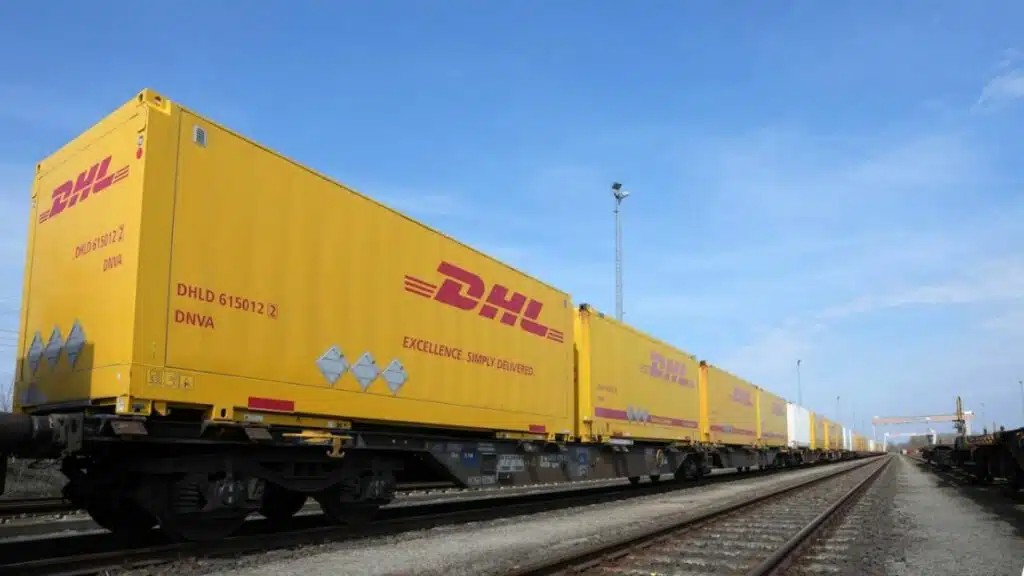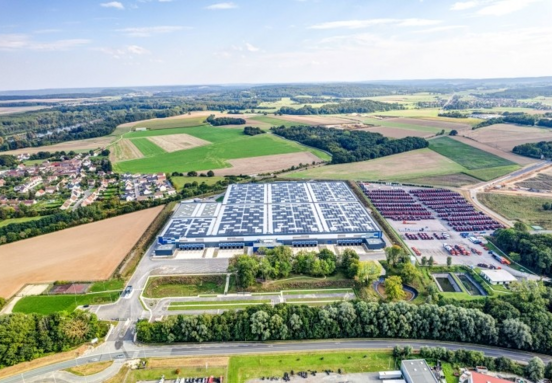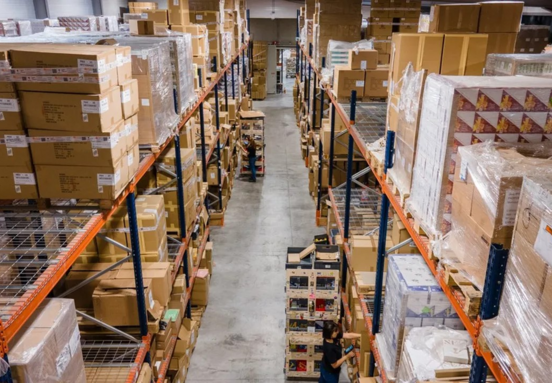The strategic advantage of rail-integrated logistics
As businesses increasingly seek to optimize their supply chains for both efficiency and sustainability, the demand for strategically located logistics hubs with multimodal capabilities is soaring.
A prime example of this innovative approach is the DHL logistics site in Saint-Quentin-Fallavier, Isère, in the heart of the Auvergne-Rhône-Alpes region.
This expansive facility, spanning over 30,000 m² within the vast Chesnes logistics zone, stands out for its active rail spur, enabling direct freight dispatch via rail in conjunction with road transport.
This pioneering model demonstrates the immense potential of integrating rail into goods transport, aligning perfectly with the ongoing energy transition and the transformation of global supply chains.
For businesses evaluating industrial real estate or warehouse space to rent, understanding the benefits of such an infrastructure is crucial.
Driving sustainable supply chains
One of the most compelling reasons to consider a rail-connected logistics facility is its profound environmental impact. Rail freight offers a significantly greener alternative to road transport:
Reduced carbon footprint: Trains emit 6 to 9 times less CO₂ per tonne-kilometre compared to trucks, making a substantial contribution to your company's sustainability goals and corporate social responsibility (CSR) initiatives.
Energy efficiency: Leveraging rail helps reduce overall energy consumption in your logistics operations.
Unparalleled operational efficiency and reliability
Beyond environmental benefits, rail integration offers tangible operational advantages that can directly impact your bottom line and supply chain resilience:
High capacity: A single freight train can transport the equivalent of 40 to 50 trucks. The Saint-Quentin-Fallavier site, for instance, can receive up to 28 wagons daily during peak periods, translating to 1,008 pallets – which would otherwise require approximately forty lorries. This high volume capacity significantly reduces traffic congestion and reliance on individual vehicles.
Cost-effectiveness for long distances: For shipments covering more than 300-500 km, rail transport becomes highly competitive, offering considerable cost savings over long hauls.
Enhanced reliability: Rail transport is less susceptible to road hazards, traffic jams, and adverse weather conditions, ensuring more predictable delivery schedules and greater supply chain stability.
Addressing driver shortages: As the industry grapples with a scarcity of truck drivers, relying on rail freight alleviates dependence on road personnel, future-proofing your logistics strategy.
Improved security: Centralized rail movements often provide enhanced security for high-value goods during transit.
The strategic location advantage
Locating your operations in a logistics hub like Saint-Quentin-Fallavier, which boasts direct rail access, positions your business at the forefront of modern, efficient, and sustainable logistics.
Such sites offer unparalleled connectivity, enabling seamless integration into broader transport networks and facilitating the swift, eco-friendly movement of goods across significant distances.
Is a rail-connected warehouse right for your business?
For businesses seeking new warehouse space, industrial units, or logistics centers, the presence of an active rail spur is no longer just a bonus – it's a strategic asset. Embracing rail freight can unlock significant benefits in terms of cost efficiency, environmental performance, and supply chain resilience.
As you explore available industrial properties and commercial spaces, consider how a rail-integrated facility could revolutionize your logistics operations and contribute to your long-term success.
Source: lyon-entreprises.com







